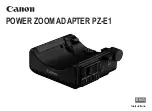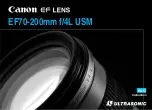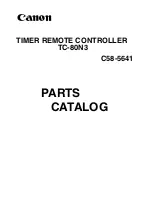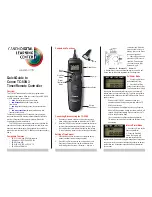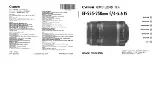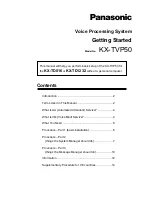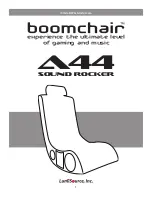
24
4 Mounting
VEGAPULS 67 • Profibus PA
36533-EN-170405
Fig. 18: Agitators
For level measurements in concrete silos, the sensors are often
mounted in protective boxes. These boxes can be for example metal-
lic, closed subsurface enclosures.
Minimal amounts of stray radiation from the sensor can be reflected
and strengthened by the walls of the subsurface enclosures. In the
case of sensors with plastic housings, this can lead to coupling
disturbances. This is avoided by using sensor housings of aluminium
or stainless steel as well as electromagnetic absorber material in
subsurface enclosures.
1
2
Fig. 19: Mounting of the instrument in an subsurface enclosure
1 Subsurface enclosure
2 Concrete bottom
The walls of multiple-chamber silos are often made of profile material,
e.g. profile sheeting, to ensure the required stability. If the radar sen-
sor is mounted very close to a heavily structured vessel wall, substan-
tial interfering reflections can be generated. Thus the sensor should
be mounted at the largest possible distance from the separating wall.
The optimum mounting position is on the outer wall of the silo with the
sensor oriented towards the outlet in the silo center.
Installation in subsurface
enclosures
Mounting in multiple
chamber silo































